Home>Construction & Tools>Building Materials>How To Drill A Hole In A Brick Wall
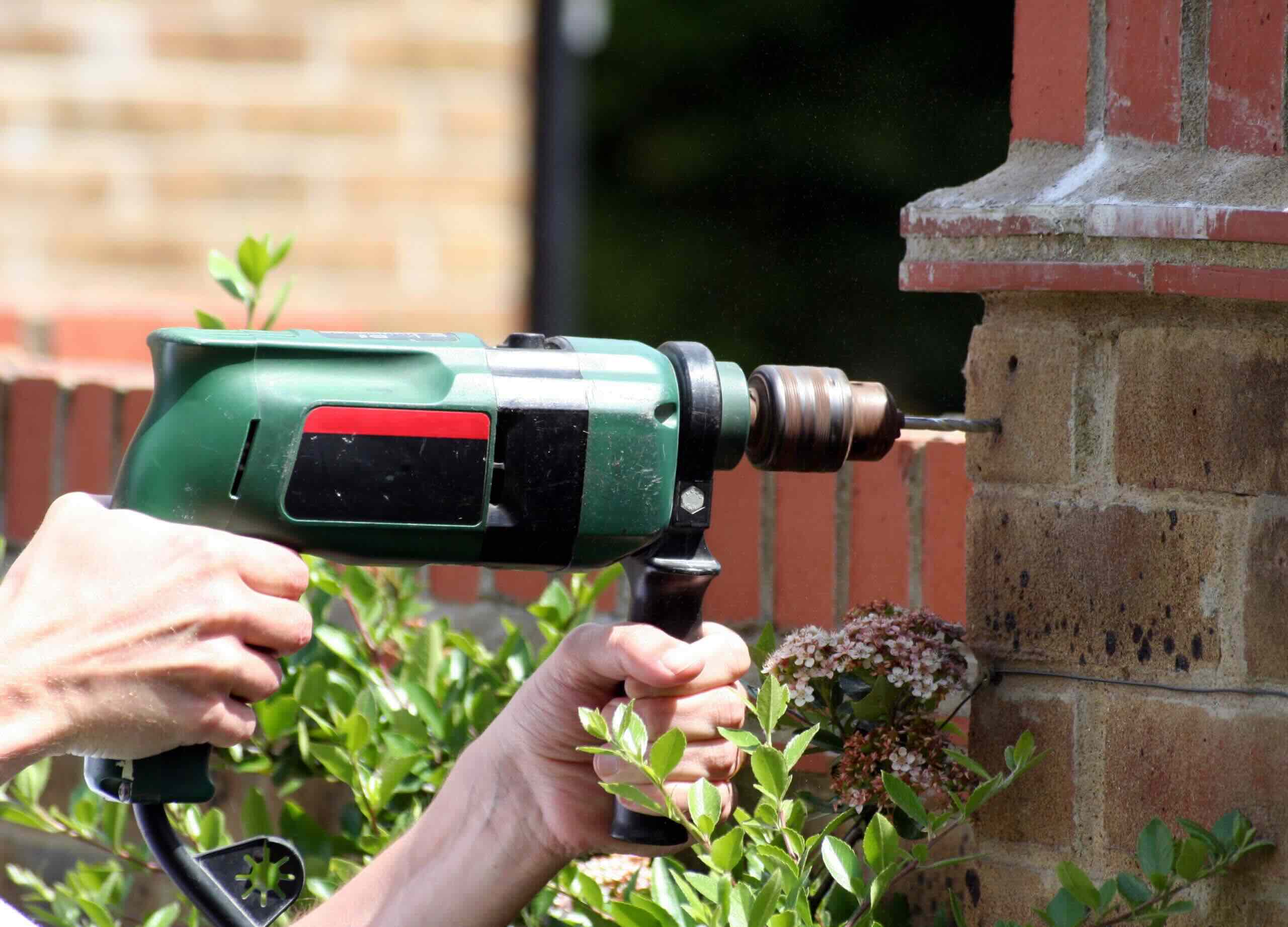

Building Materials
How To Drill A Hole In A Brick Wall
Modified: February 23, 2024
Learn the best techniques for drilling a hole in a brick wall with our comprehensive guide. Find tips and tools for working with building materials.
(Many of the links in this article redirect to a specific reviewed product. Your purchase of these products through affiliate links helps to generate commission for Storables.com, at no extra cost. Learn more)
Introduction
Drilling a hole in a brick wall may seem like a daunting task, but with the right tools, materials, and know-how, it can be a straightforward and rewarding DIY project. Whether you're looking to hang a picture, install a shelf, or mount a TV, knowing how to drill into brick can open up a world of possibilities for enhancing your living space.
In this guide, we'll walk you through the step-by-step process of drilling a hole in a brick wall, from preparing the work area to choosing the right drill bit and executing the drilling with precision. By following these instructions and tips, you'll be equipped with the knowledge and confidence to tackle this task like a seasoned pro.
So, roll up your sleeves, gather your tools, and let's dive into the exciting world of brick wall drilling!
Key Takeaways:
- Master the art of drilling into brick walls with the right tools and techniques for a safe, clean, and precise outcome, opening up creative possibilities for DIY projects.
- Prioritize safety, precision, and patience when drilling into brick walls, from preparing the work area to choosing the right drill bit, ensuring a successful and satisfying DIY experience.
Read more: How To Drill Into Brick
Necessary Tools and Materials
Before embarking on the task of drilling into a brick wall, it’s essential to gather the necessary tools and materials to ensure a smooth and successful process. Here’s a comprehensive list of what you’ll need:
- Power Drill: A high-quality, variable-speed drill with a hammer function is crucial for effectively drilling into brick. Ensure that the drill is equipped with a depth gauge to control the depth of the hole.
- Masonry Drill Bits: Invest in carbide-tipped masonry drill bits specifically designed for drilling into brick, concrete, or stone. These bits are engineered to withstand the hardness of masonry materials.
- Safety Gear: Prioritize safety by wearing protective gear, including safety goggles to shield your eyes from debris and dust, as well as a dust mask to prevent inhalation of airborne particles.
- Measuring Tape and Pencil: Accurate markings are crucial for drilling precise holes. A measuring tape and pencil will help you mark the exact location and depth of the hole.
- Masking Tape: Using masking tape to create a visual guide on the wall can prevent the drill bit from slipping and provide additional protection against chipping.
- Dust Brush or Vacuum: Keeping the work area clean is essential. A dust brush or vacuum will help clear away debris and maintain visibility during the drilling process.
- Anchors and Screws: Depending on the intended use of the drilled hole, ensure you have the appropriate anchors and screws for securely fastening objects to the brick wall.
- Level: To ensure that the drilled hole is perfectly aligned, a small spirit level will come in handy for checking the horizontal and vertical orientation.
By assembling these tools and materials, you’ll be well-prepared to tackle the task of drilling into a brick wall with confidence and precision.
Preparing the Work Area
Before diving into the drilling process, it’s crucial to prepare the work area to ensure safety, accuracy, and efficiency. Follow these steps to set the stage for a successful drilling experience:
- Clean the Area: Start by clearing the designated work area of any obstructions, debris, or loose materials. A clutter-free environment will provide better access to the wall and reduce the risk of accidents.
- Protect Surrounding Surfaces: Cover nearby surfaces and floors with a drop cloth or plastic sheet to prevent dust and debris from settling. This precaution will also simplify the cleanup process once the drilling is complete.
- Mark the Drilling Spot: Use a measuring tape and pencil to mark the precise location of the hole on the brick wall. Double-check the measurements and ensure that the markings are level and aligned according to your requirements.
- Apply Masking Tape: To minimize the risk of the drill bit slipping and to prevent surface damage, consider placing a piece of masking tape over the marked spot. This will help create a visual guide and provide added protection against chipping.
- Put on Safety Gear: Prioritize safety by wearing protective goggles to shield your eyes from flying debris and a dust mask to prevent inhalation of dust particles during the drilling process.
By meticulously preparing the work area, you’ll create an environment that promotes precision, safety, and cleanliness throughout the drilling process. Taking the time to set the stage properly will contribute to a successful and satisfying outcome.
Marking the Hole
Accurate marking is a crucial step in the process of drilling a hole in a brick wall. By following these guidelines, you can ensure that the hole is precisely located and aligned according to your requirements:
- Measure Twice, Drill Once: Use a measuring tape to determine the exact placement of the hole. Double-check the measurements to avoid errors, as precise marking is essential for a successful drilling outcome.
- Level and Alignment: Ensure that the markings are level and aligned with your desired orientation. A small spirit level can be used to verify both the horizontal and vertical positioning of the markings.
- Marking the Depth: If the depth of the hole is critical, such as when installing anchors, use a piece of tape on the drill bit to indicate the required depth. This visual guide will prevent over-drilling and ensure that the hole meets the necessary specifications.
- Consider Pilot Holes: For larger or more precise holes, creating a pilot hole with a smaller drill bit can serve as a guide for the larger masonry bit, enhancing accuracy and reducing the risk of surface damage.
By meticulously marking the hole with precision and attention to detail, you’ll set the stage for a successful drilling process. Taking the time to ensure accurate markings will contribute to the overall quality and effectiveness of the drilled hole.
Before drilling a hole in a brick wall, make sure to use a masonry drill bit and a hammer drill for the best results. Also, wear safety goggles and a dust mask to protect yourself from debris.
Choosing the Right Drill Bit
When it comes to drilling into a brick wall, selecting the appropriate drill bit is paramount to achieving a clean and precise hole. Here’s what you need to consider when choosing the right drill bit for the job:
- Masonry Drill Bits: Opt for high-quality carbide-tipped masonry drill bits specifically designed for drilling into brick, concrete, or stone. These bits are engineered to withstand the hardness of masonry materials, providing durability and precision.
- Size and Type: Select a drill bit size that matches the diameter of the anchor or fastener you intend to use. Additionally, consider the type of hole required – whether it’s a standard hole for a screw or a larger hole for a wall plug or anchor.
- Depth Requirements: If the depth of the hole is critical, choose a drill bit that matches the required depth. Some masonry drill bits feature depth markings to guide the drilling process and ensure the hole meets the necessary specifications.
- Hammer Function: Ensure that your drill is equipped with a hammer function, which is essential for effectively drilling into brick. The hammering action helps break through the tough masonry material, allowing the drill bit to penetrate with greater ease.
- Quality and Sharpness: Inspect the condition of the drill bit to ensure it is sharp and free from damage. A dull or worn-out drill bit can compromise the drilling process, leading to chipping, rough edges, or an incomplete hole.
By carefully considering these factors and selecting the right drill bit for the task at hand, you’ll set the stage for a successful drilling experience, ensuring precision, cleanliness, and a professional finish.
Drilling the Hole
With the necessary preparations in place and the right drill bit selected, it’s time to proceed with drilling the hole in the brick wall. Follow these steps to ensure a smooth and effective drilling process:
- Position the Drill: Hold the drill firmly with both hands and position it at a 90-degree angle to the marked spot on the brick wall. Ensure that the drill is set to the hammer function for masonry drilling.
- Start Slowly: Initiate the drilling process at a slow speed to create a starting point for the drill bit. This prevents slipping and ensures that the hole begins with precision.
- Apply Firm Pressure: As you continue drilling, apply steady and firm pressure to allow the drill bit to penetrate the brick gradually. Avoid excessive force, as the drill’s weight should provide sufficient pressure for the bit to work effectively.
- Clearing Debris: Periodically withdraw the drill to clear away accumulated debris from the hole using a dust brush or vacuum. This practice maintains visibility and prevents the debris from obstructing the drilling process.
- Monitor Depth: Keep an eye on the depth gauge or the marked depth on the drill bit to ensure that the hole reaches the required depth without over-drilling.
- Final Check: Once the hole is drilled to the desired depth, withdraw the drill and clear any remaining debris. Inspect the hole to ensure that it is clean, precise, and meets the necessary specifications for the intended use.
By following these steps and exercising patience and precision, you’ll successfully drill a clean and accurate hole in the brick wall, setting the stage for seamless installation and mounting of fixtures, shelves, or other items.
Conclusion
Drilling a hole in a brick wall is a task that, with the right approach and attention to detail, can be accomplished by DIY enthusiasts and professionals alike. By following the steps outlined in this guide, you can tackle this project with confidence and precision, opening up a world of possibilities for enhancing your living or working space.
From gathering the necessary tools and materials to meticulously preparing the work area and marking the hole with precision, each step plays a crucial role in ensuring a successful drilling outcome. Choosing the right drill bit and executing the drilling process with care and patience are key factors in achieving a clean and precise hole in the brick wall.
Remember, safety should always be a top priority when undertaking any DIY project. Wearing protective gear, such as safety goggles and a dust mask, is essential to safeguard yourself from potential hazards during the drilling process.
By mastering the art of drilling into brick walls, you’ll have the confidence to embark on a variety of projects, from hanging artwork and installing shelves to mounting fixtures and securing structural elements. This newfound skill opens up a realm of creative possibilities for transforming your living or working space to suit your needs and preferences.
So, armed with the knowledge and expertise gained from this guide, roll up your sleeves, grab your drill, and embark on your next brick wall drilling adventure with confidence and precision!
Frequently Asked Questions about How To Drill A Hole In A Brick Wall
Was this page helpful?
At Storables.com, we guarantee accurate and reliable information. Our content, validated by Expert Board Contributors, is crafted following stringent Editorial Policies. We're committed to providing you with well-researched, expert-backed insights for all your informational needs.
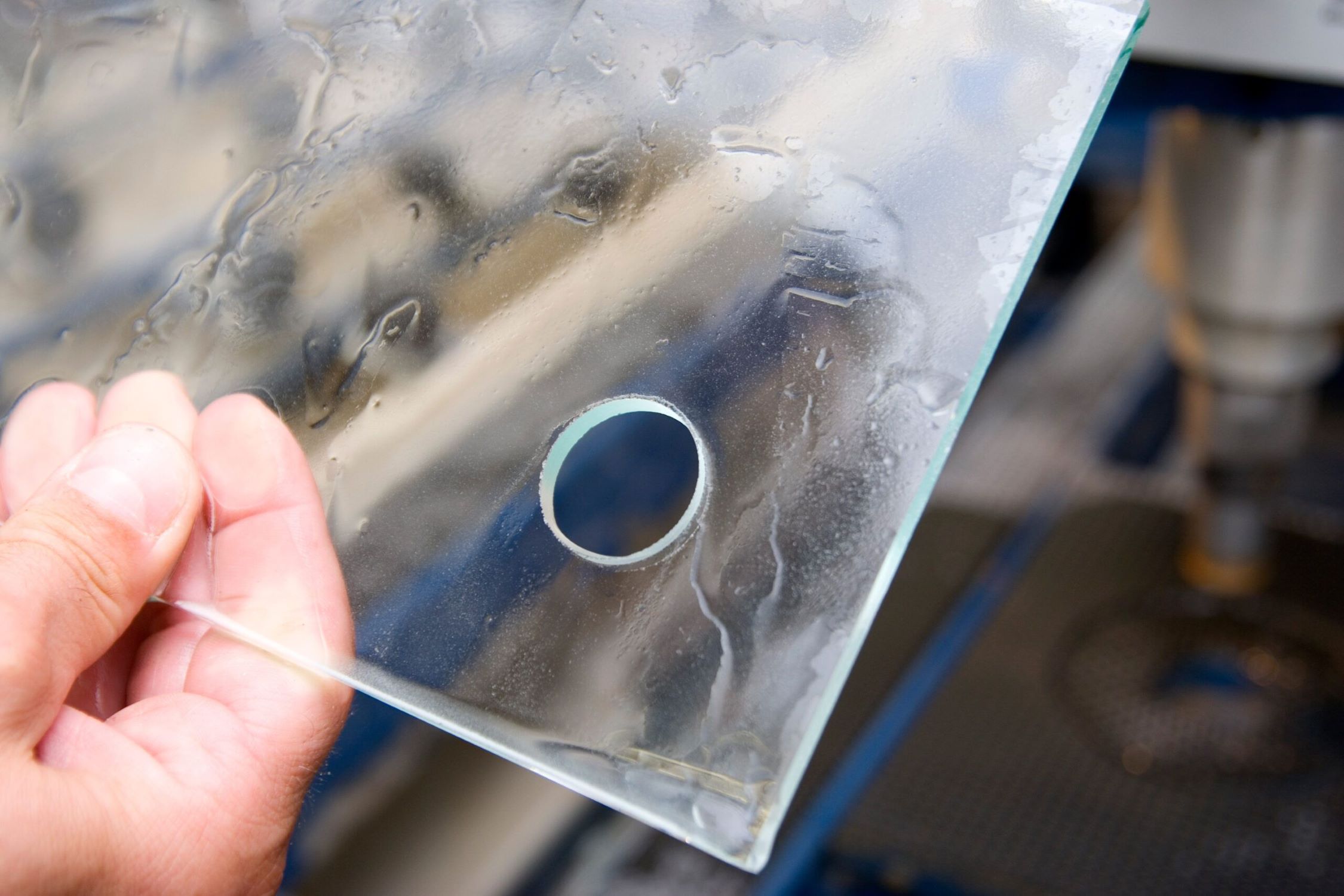
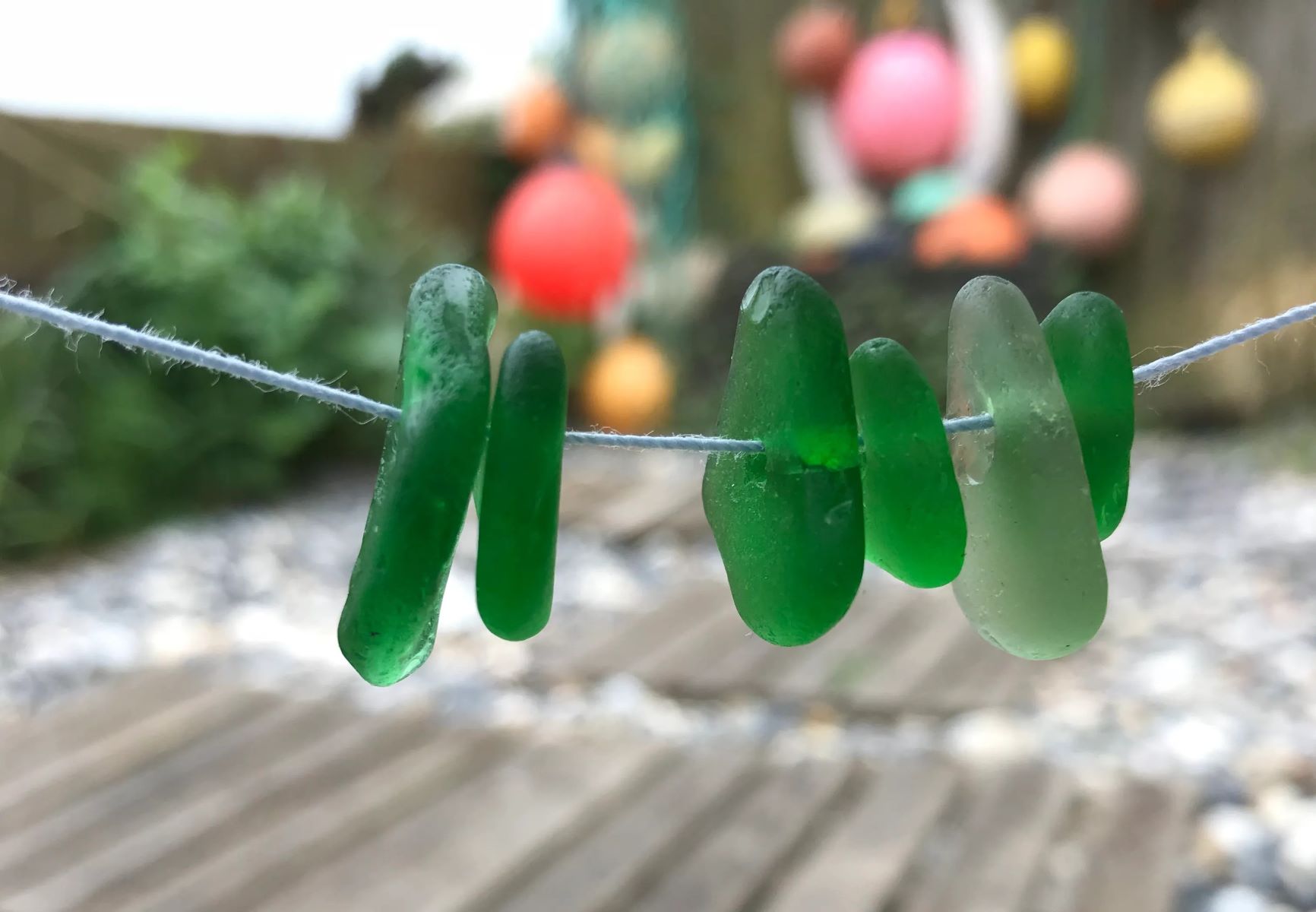
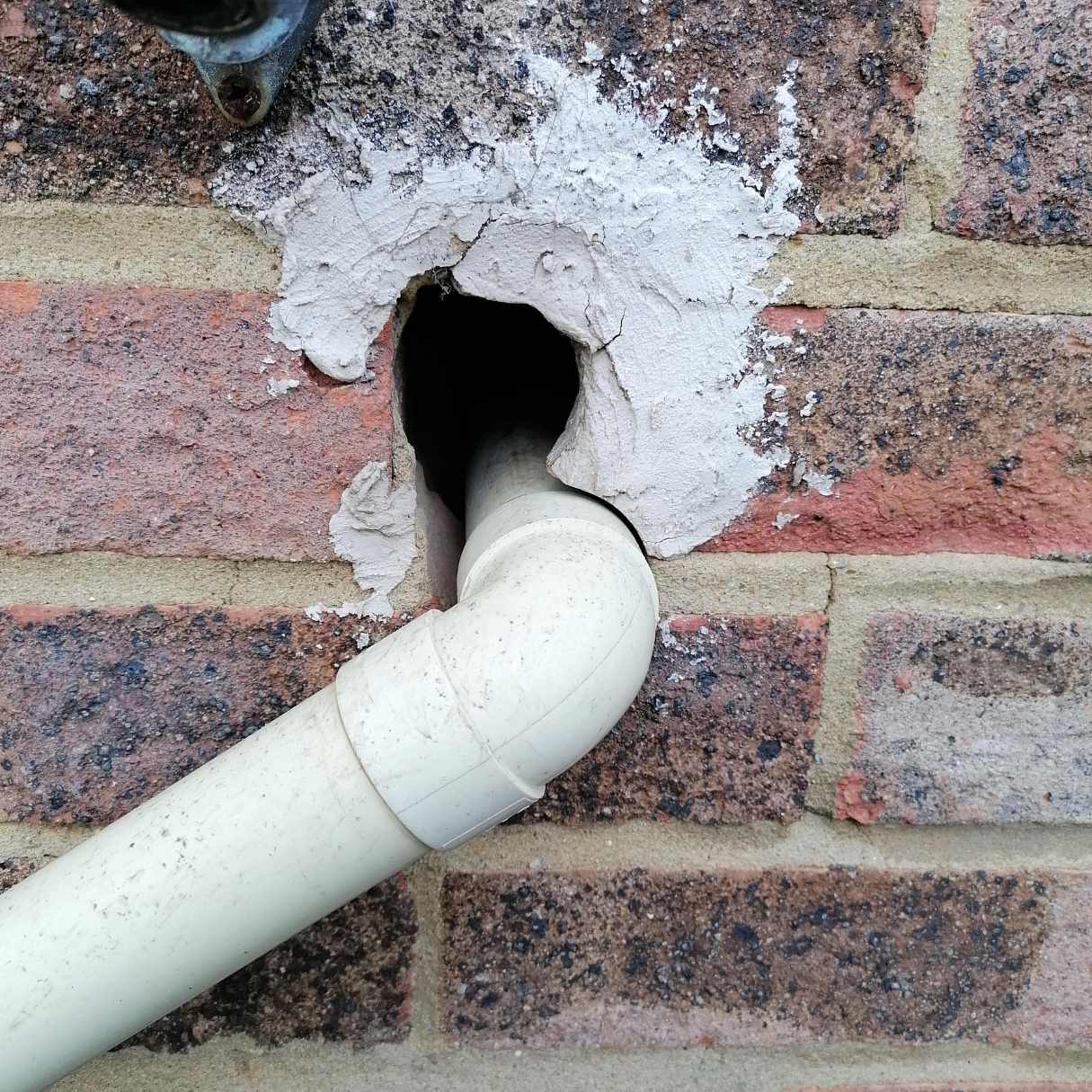
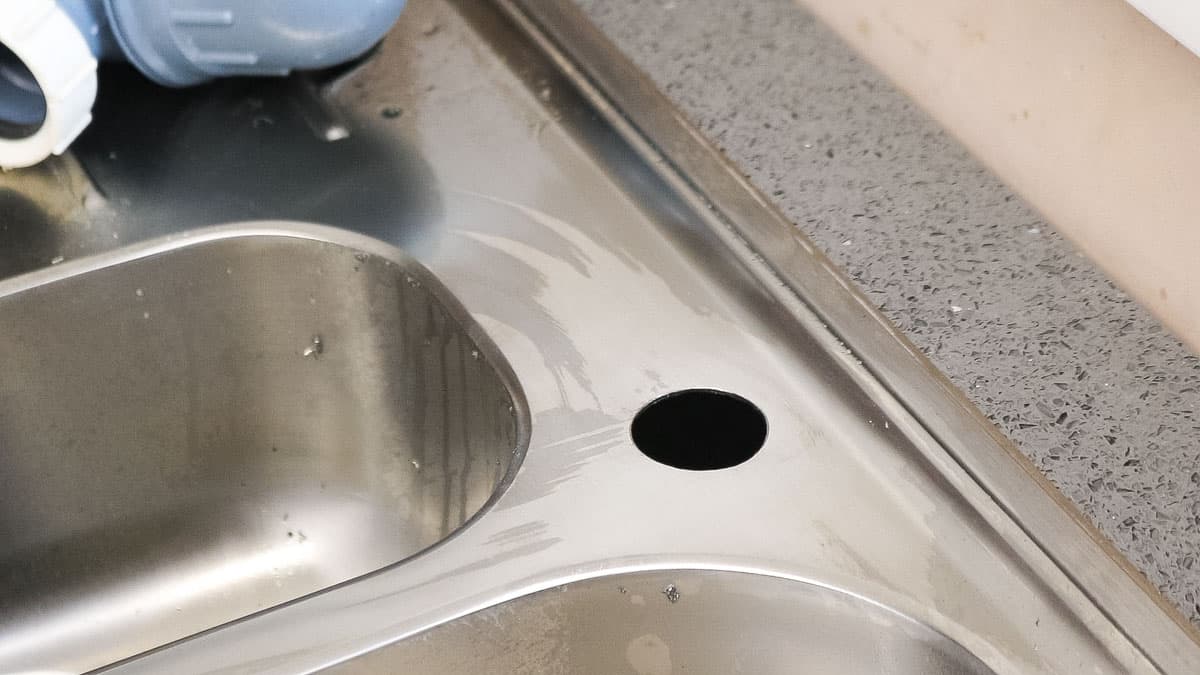
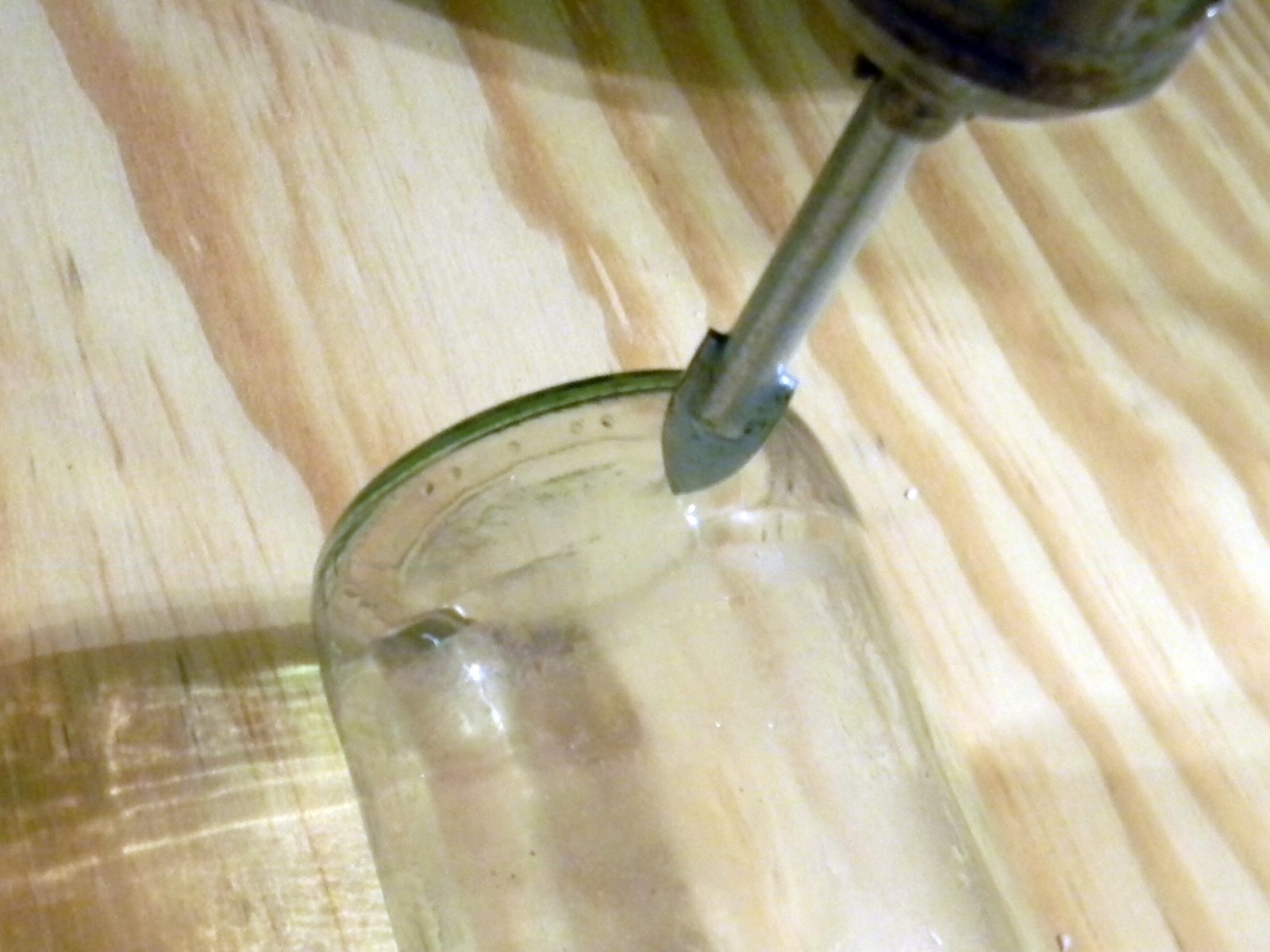
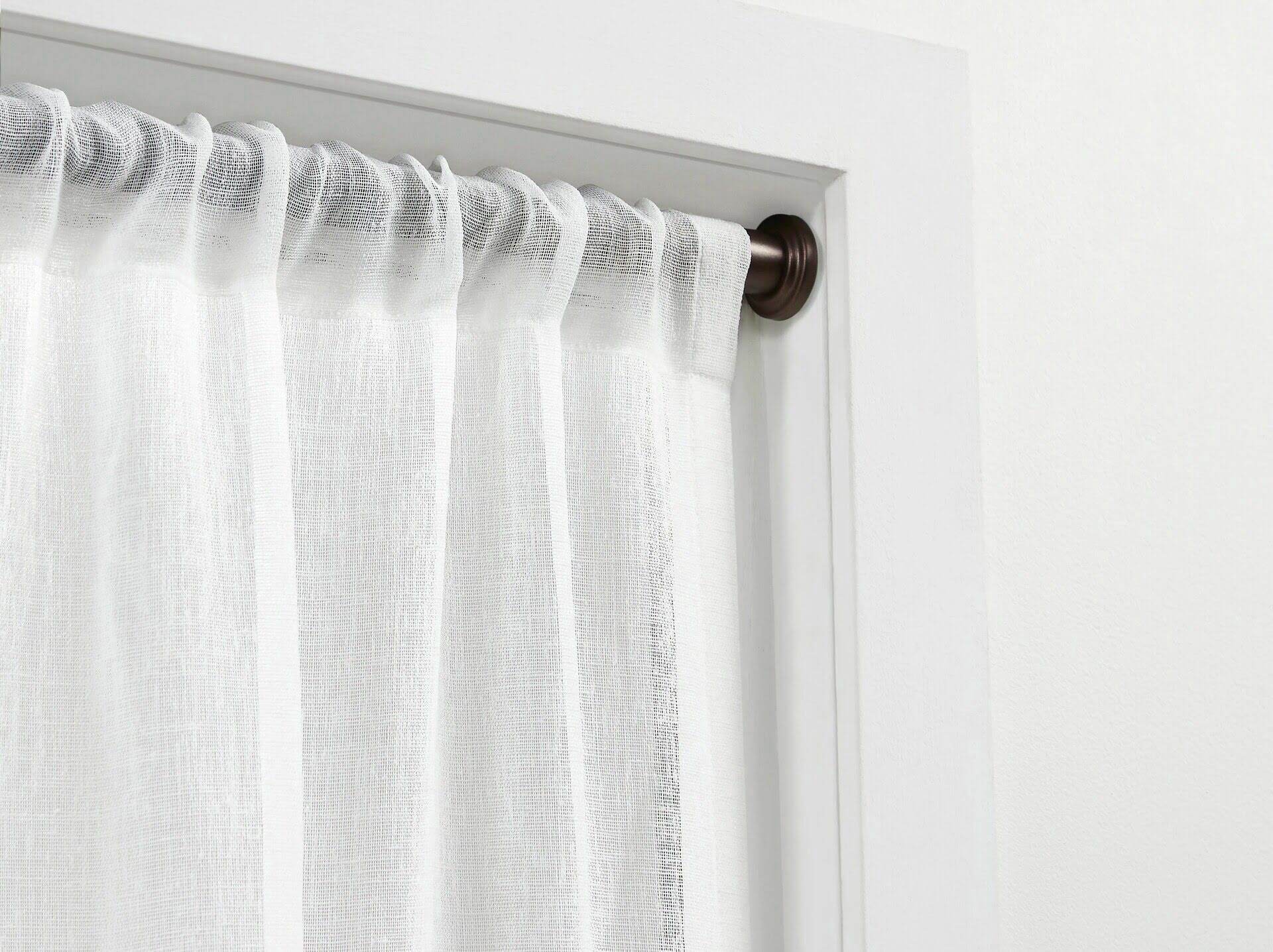

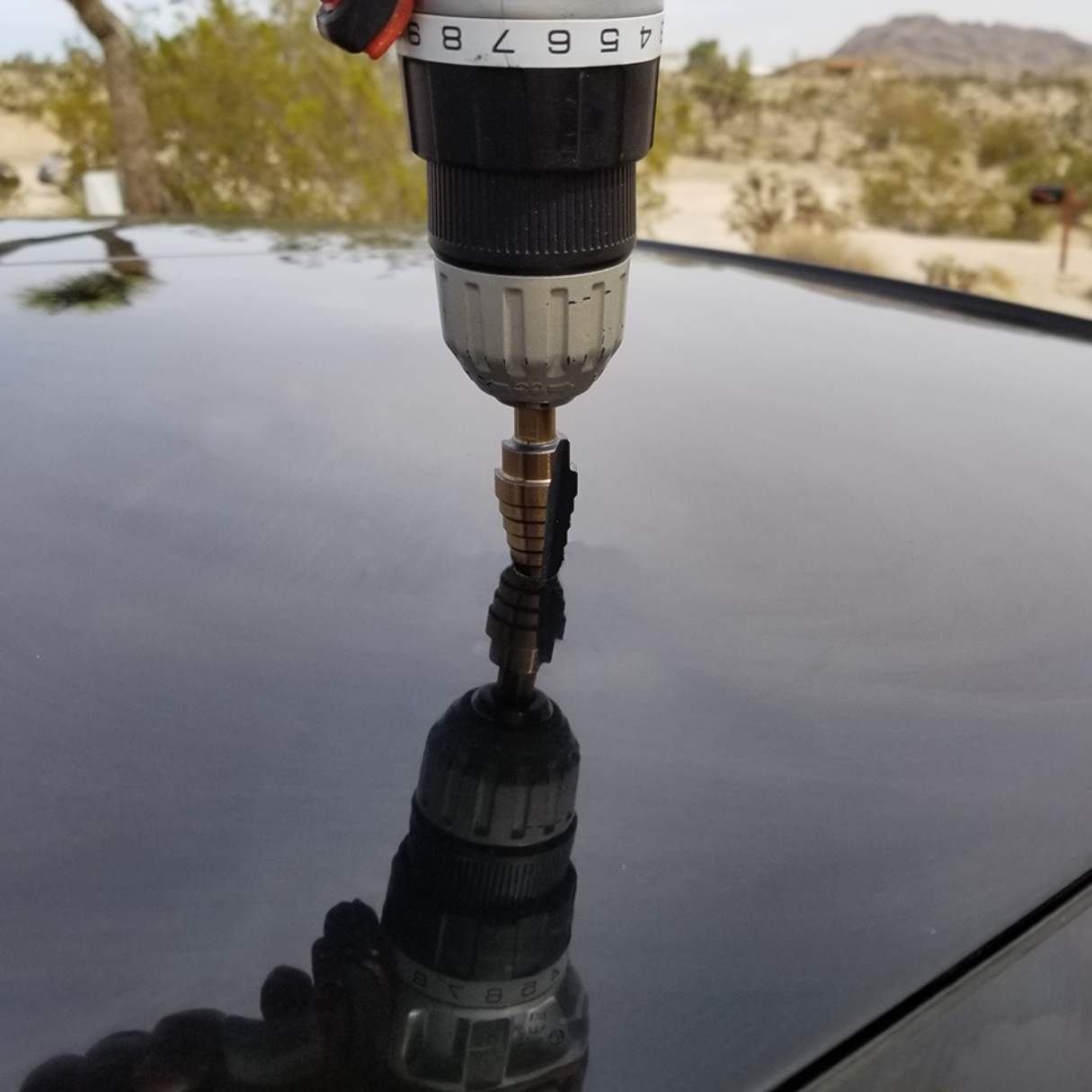
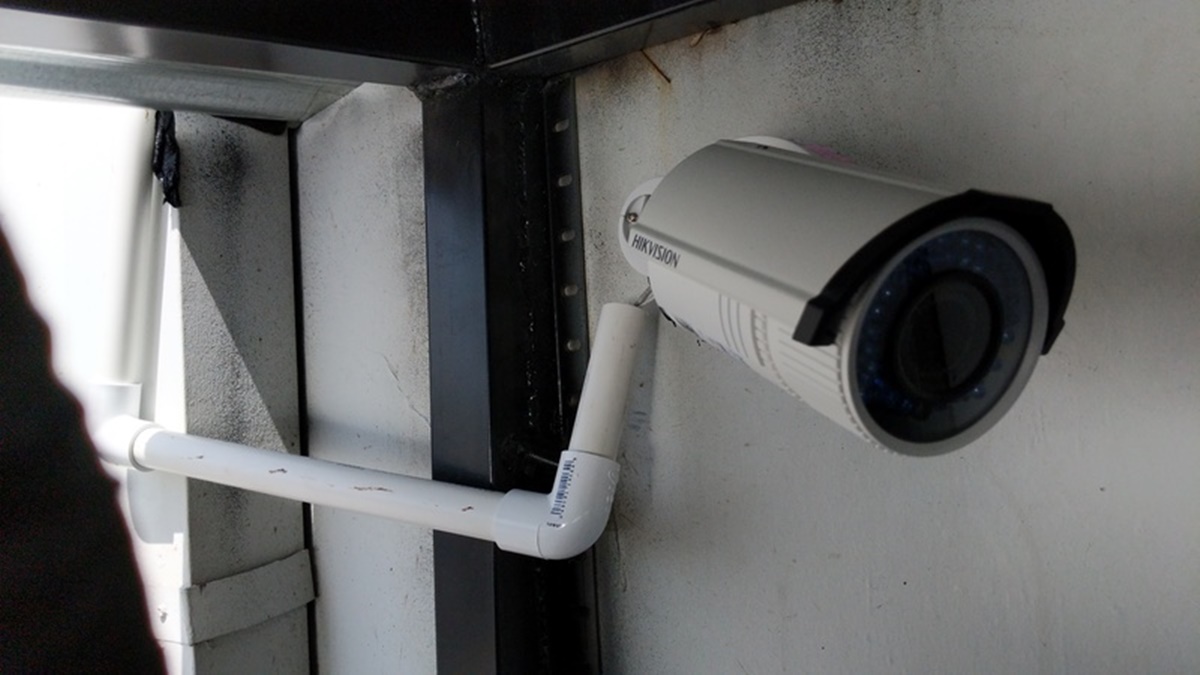
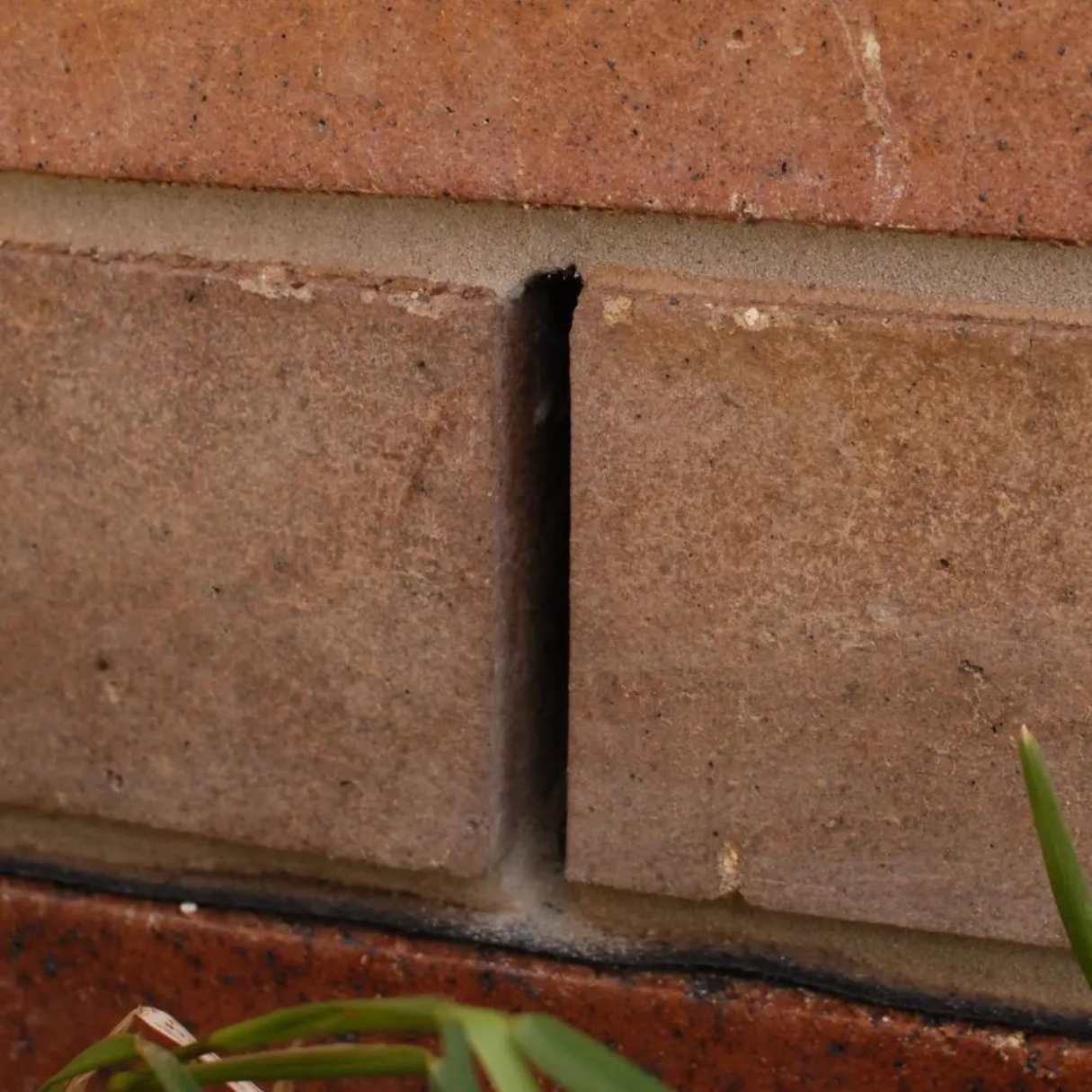
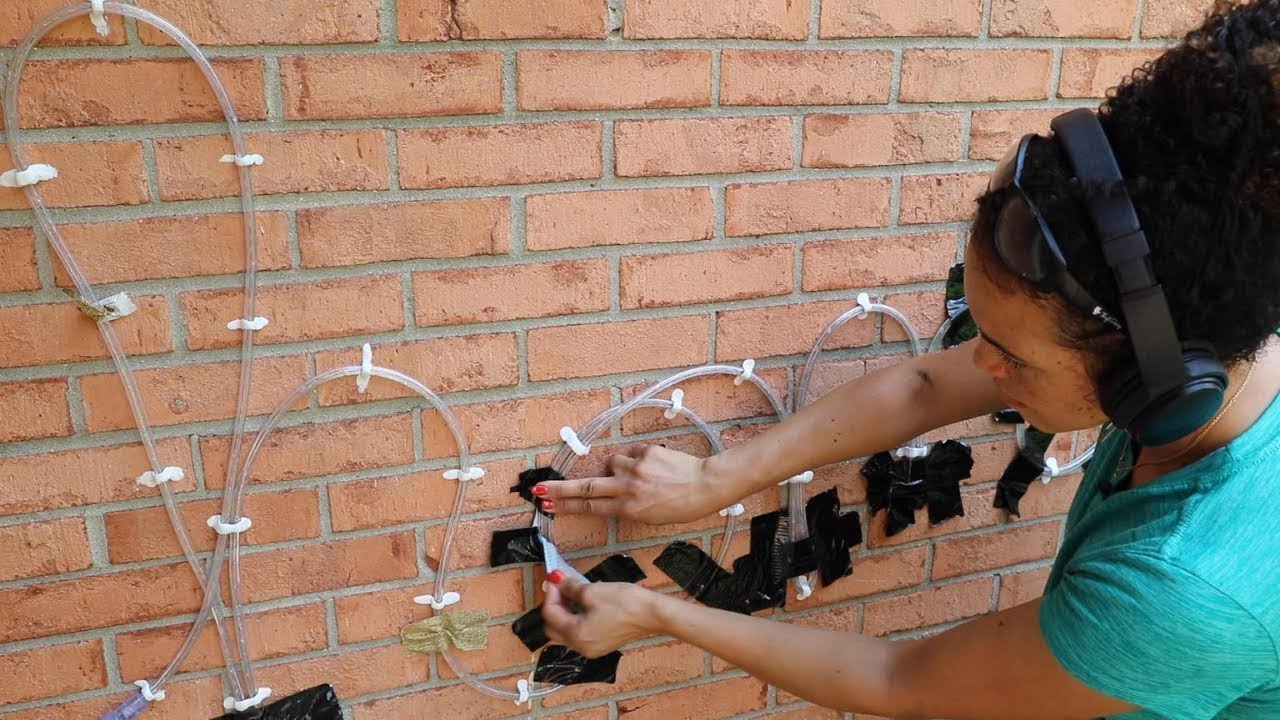
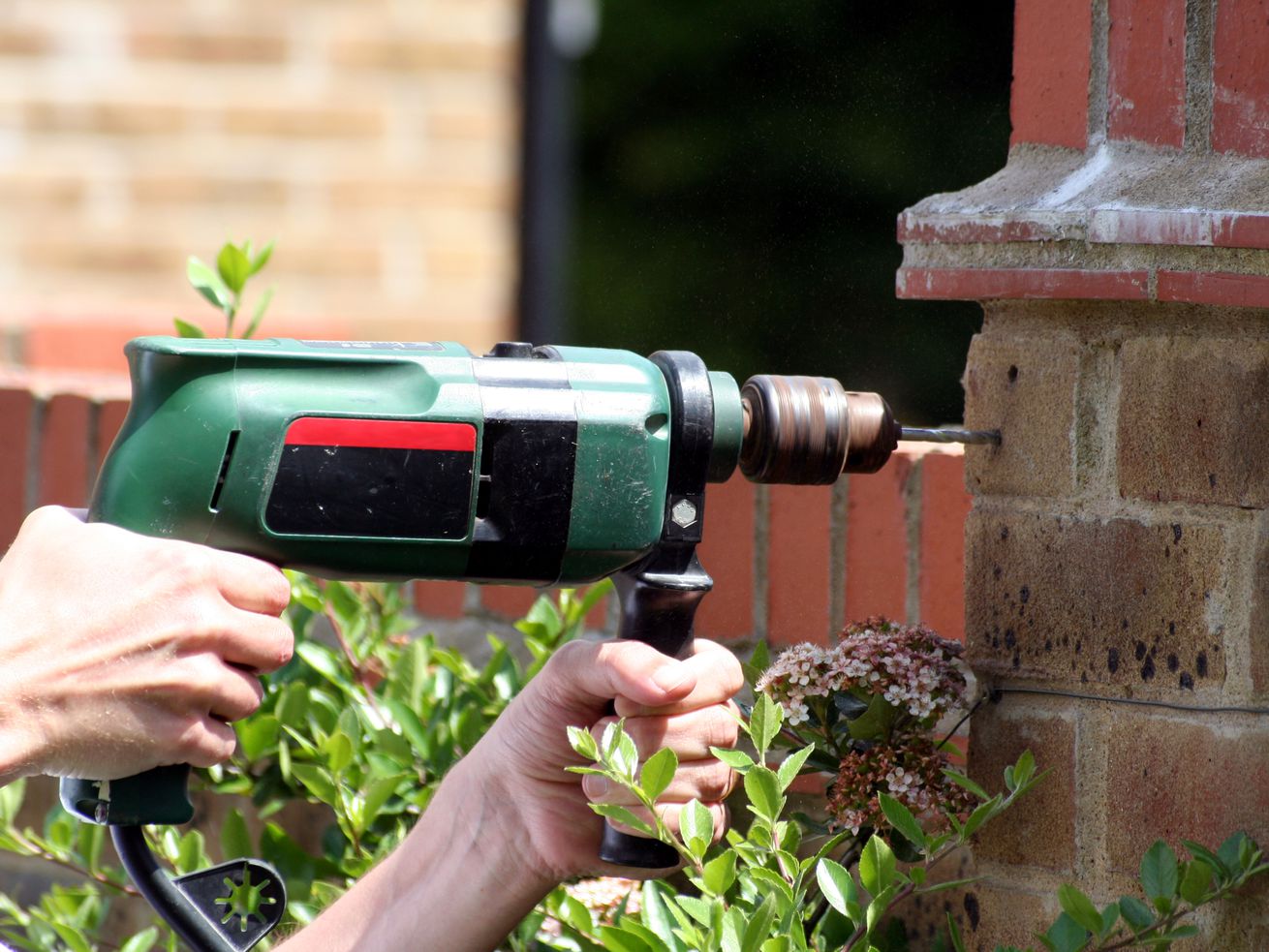

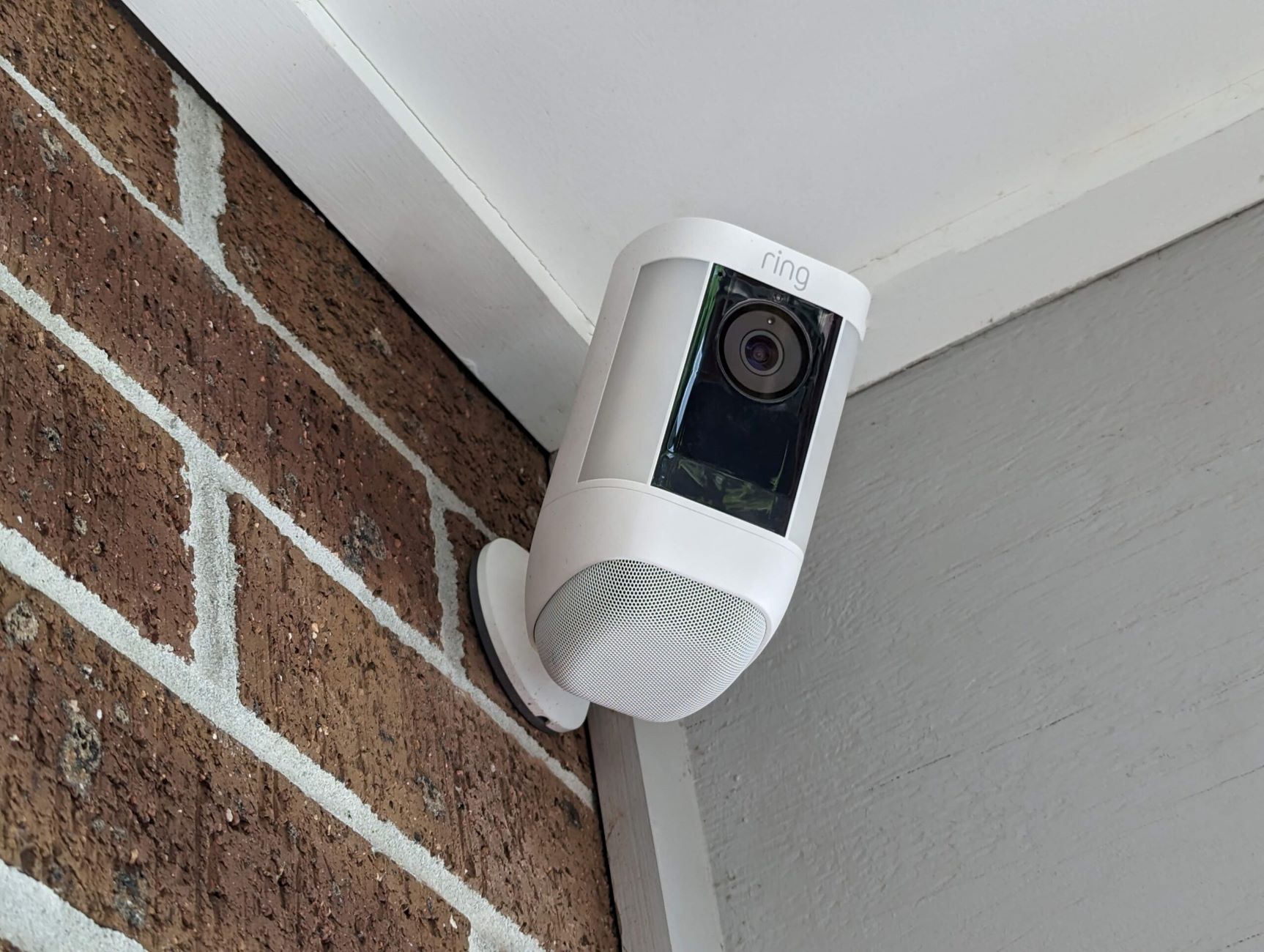

0 thoughts on “How To Drill A Hole In A Brick Wall”